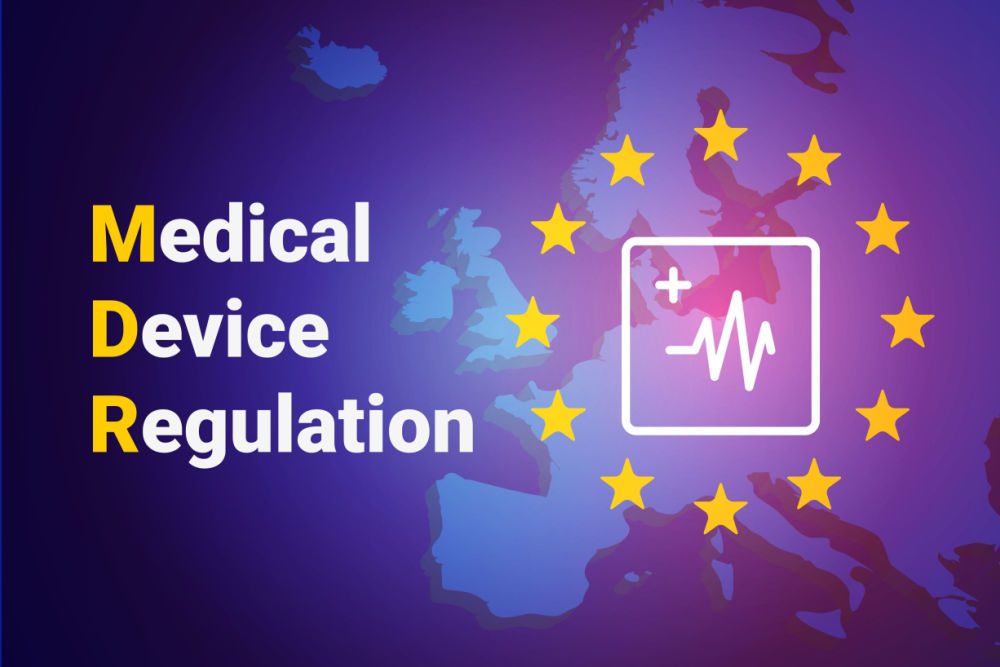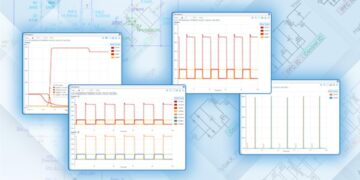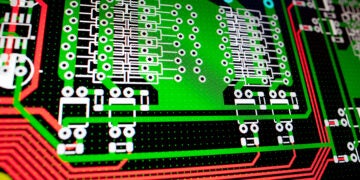
Arguably, the medical devices industry is one of the most regulated. This stringent oversight is not limited to any particular geographical area. In the European Union, there are multiple regulations that may apply to your medical device PCB or electronic device. For example, the EU Medical Devices Regulation (MDR) provides guidance and requirements for how medical devices are made and distributed.
Another important directive is the Restriction of Hazardous Substances (RoHS) that bans the use of specific chemical substances from Electronics and Electrical Equipment (EEE) products. Failing to adhere to these requirements can result in the exclusion of your PCBA or electronics product from the EU market. Therefore, it is important to know the what, why, and how of RoHS compliance for medical devices.
What Is RoHS Compliance?
RoHS compliance refers to the adherence of companies to the provisions of the EU RoHS directive, which was enacted to restrict the usage of certain “hazardous” substances in electronic components, devices, and systems. The motivation of RoHS was to limit exposure to certain chemicals that are known to negatively affect individuals and adversely impact the environment, especially where old or obsolete electronics wind up as waste.
Originally introduced in 2006, the RoHS directive has undergone three revisions, as shown in the table below.
|
Evolution of RoHS Directive |
||
|
Version |
Banned Substances |
Year Enacted |
|
RoHS 1 (2002/95/EC) |
|
1 July 2006 |
|
RoHS 2 (2011/65/EU) |
None added |
2 January 2013 |
|
RoHS 3 (2015/863/EU) |
(BBP)
(DBP)
(DIBP) |
22 July 2019 |
RoHS compliance is not limited to the EU. Several other regions have adopted similar restrictions.
Other RoHS Compliance Locations
- Brazil
- China
- California (USA)
- Eurasian Economic Union (EEU)
- India
- Japan
- Korea
- Norway
- Singapore
- Taiwan
- Turkey
- Ukraine
- United Arab Emirates (UAE)
As this list indicates, RoHS has transformed the way electronic components, circuit boards, wiring, cabling, and systems are made throughout the world. For example, there are no federal equivalents to RoHS in the US, which has one of the world’s largest electronics manufacturing industries. Nevertheless, virtually all electronic component and circuit board manufacturers employ processes that are RoHS compliant; such that some or all of their products can be bought and used in these countries.
Why Is RoHS Compliance Important for Medical Devices?
The chemicals banned by RoHS are restricted primarily to avoid short- and long-term harm to individuals who could come into contact with them. This includes direct exposure by workers where electronic parts, PCBs, and other devices are manufactured or assembled; residents who live in the vicinity of plants and waste disposal facilities; and consumers who use the finished products. Ultimately, the goal is to ensure safety.
Safely preserving, extending, and/or improving our lives is the objective of all medical services. Accomplishing this increasingly depends upon technological systems that include electronics. Therefore, it is important for medical systems to include minimal amounts or no chemicals that may be physically harmful to patients, physicians, nurses, technicians, or others who may use or access medical devices and equipment.
Mercury (once widespread in thermometers, but being replaced by other thermal sensor types), cadmium (once prevalent for batteries in products like biometric devices), and lead (still common for soldering electronic components on PCBAs) have well-known negative health effects. The expanding thrust to mitigate these uses and implementations of all the restricted materials necessitates that you know how to achieve RoHS compliance for medical device PCBA development.
How To Ensure RoHS Compliance for Medical Devices
Being RoHS compliant requires specific testing; verification will be denied if any electronic component, cable, connector, trace, or other part of your PCBA contains an excess amount of any of the restricted substances. In this event, your development process will likely require new component selection, redesign, and/or rebuilds. These contingencies can be avoided by instituting the following:
Efficient PCBA Development for RoHS Compliance of Medical Devices
- Use accurate component data and CAD models
- Only choose RoHS-certified PCB materials
- Make sure your CM uses a lead-free soldering process
- Adhere to other medical device standards, like ISO 13495
The points listed above, like adherence to ISO 13495—the global quality management system guideline for medical device design, manufacturing, and servicing—are not mandatory. However, doing so will help you ensure that your medical device circuit board is in compliance with RoHS regulations and optimize your PCBA development process.
If you’re looking for CAD models for common components, or reliable PCB design information on RoHS compliance for medical devices, Ultra Librarian helps by compiling all your sourcing and CAD information in one place. Working with Ultra Librarian sets up your team for success to ensure streamlined and error-free design, production, and sourcing. Register today for free.








